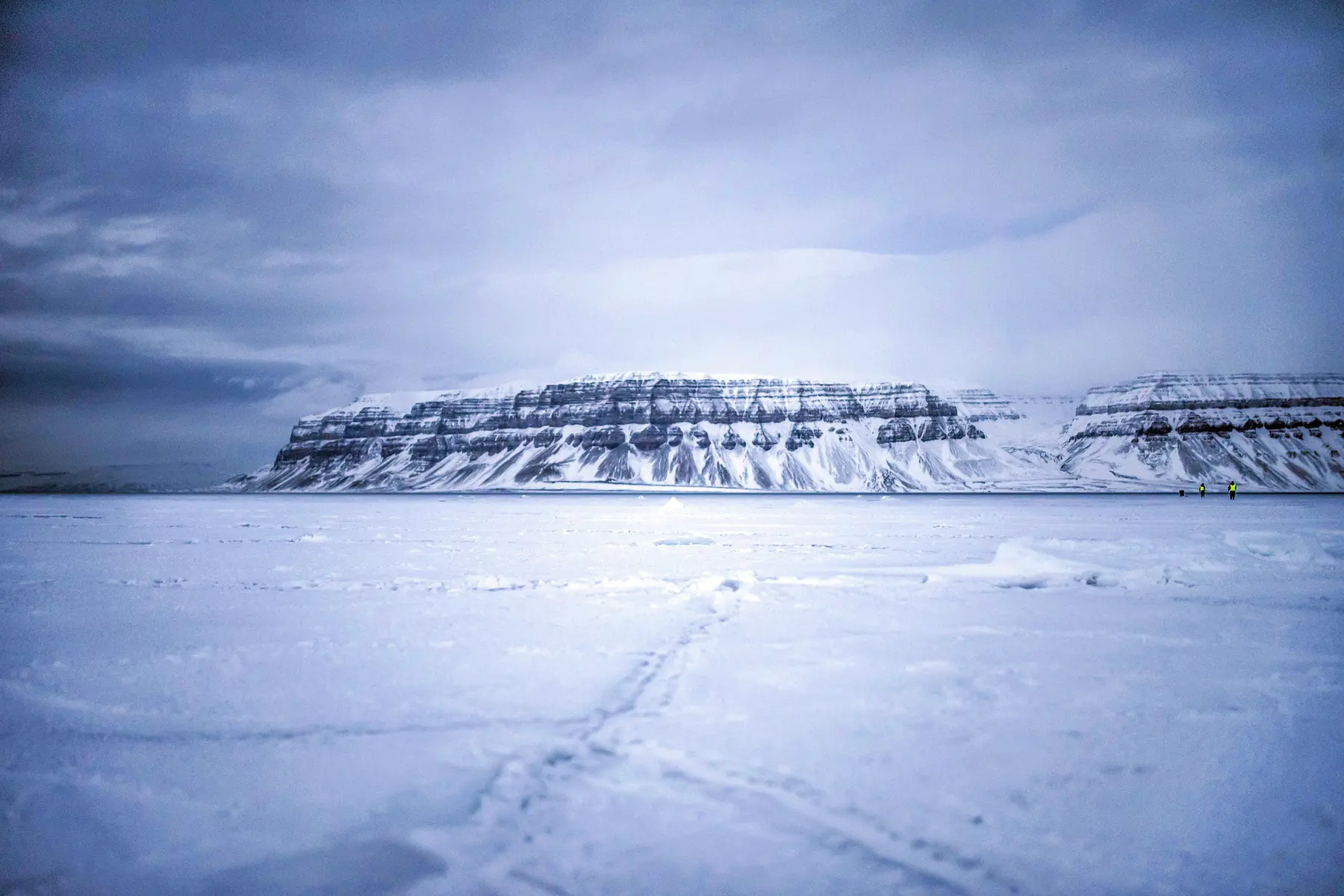
A Brief History of Svalbard: From Whaling to Mining and the Global Seed Vault
Early Exploration of the Archipelago
The icy tundra and pebbled shores of Svalbard were uncharted until 1596, when Dutch explorer Willem Barentz set foot on the island we now know as Spitsbergen. Over 400 years have passed since Barentz’s discovery and the fragments of human history that remain on the archipelago tell the story of a landscape forever changed by exploration. Periods of whaling, mining and scientific expeditions have all shaped the Svalbard we see today.
Whaling off the Svalbard Coast – 17th Century
Hunting and whaling on Svalbard began in the early 1600s. Blubber from the bowhead whale and the Atlantic walrus was a valuable resource, used for lamp oil, soap and cosmetics. From the mid-17th century, the Svalbard coastline emptied of game, and the industry declined. The remains of whaling can still be seen around Svalbard, from blubber ovens to harpoons and clay pipes.
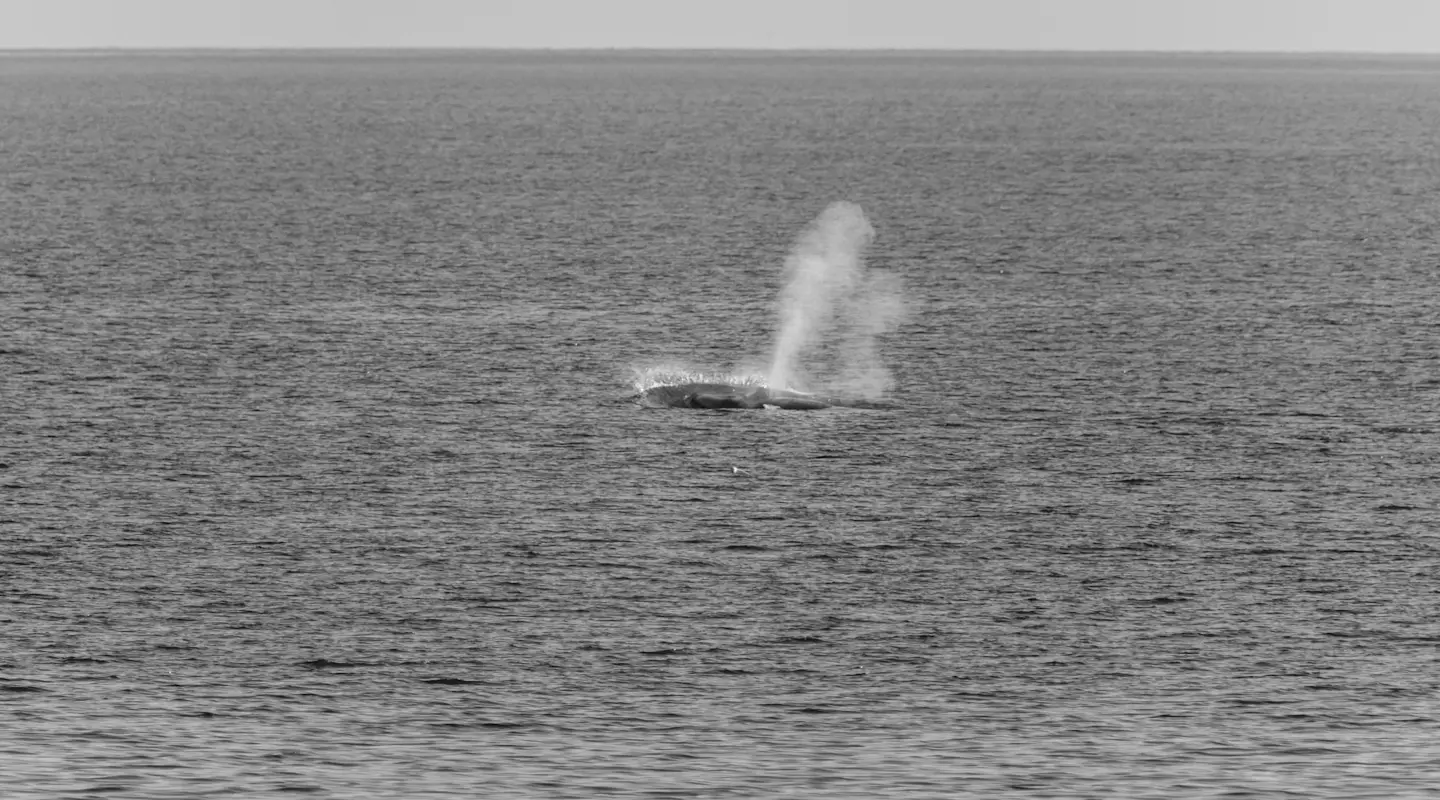
Inland Hunting – 18th & 19th Century
As whaling declined, trapping on Svalbard grew. Hunters targeted polar bears, arctic foxes and Svalbard reindeer for their expensive pelts. By the 1850s, there were over 70 trapping stations on the archipelago. By the late 19th century, inland wildlife had plummeted. A war-torn Europe further cut profitability, and hunting waned in the region.
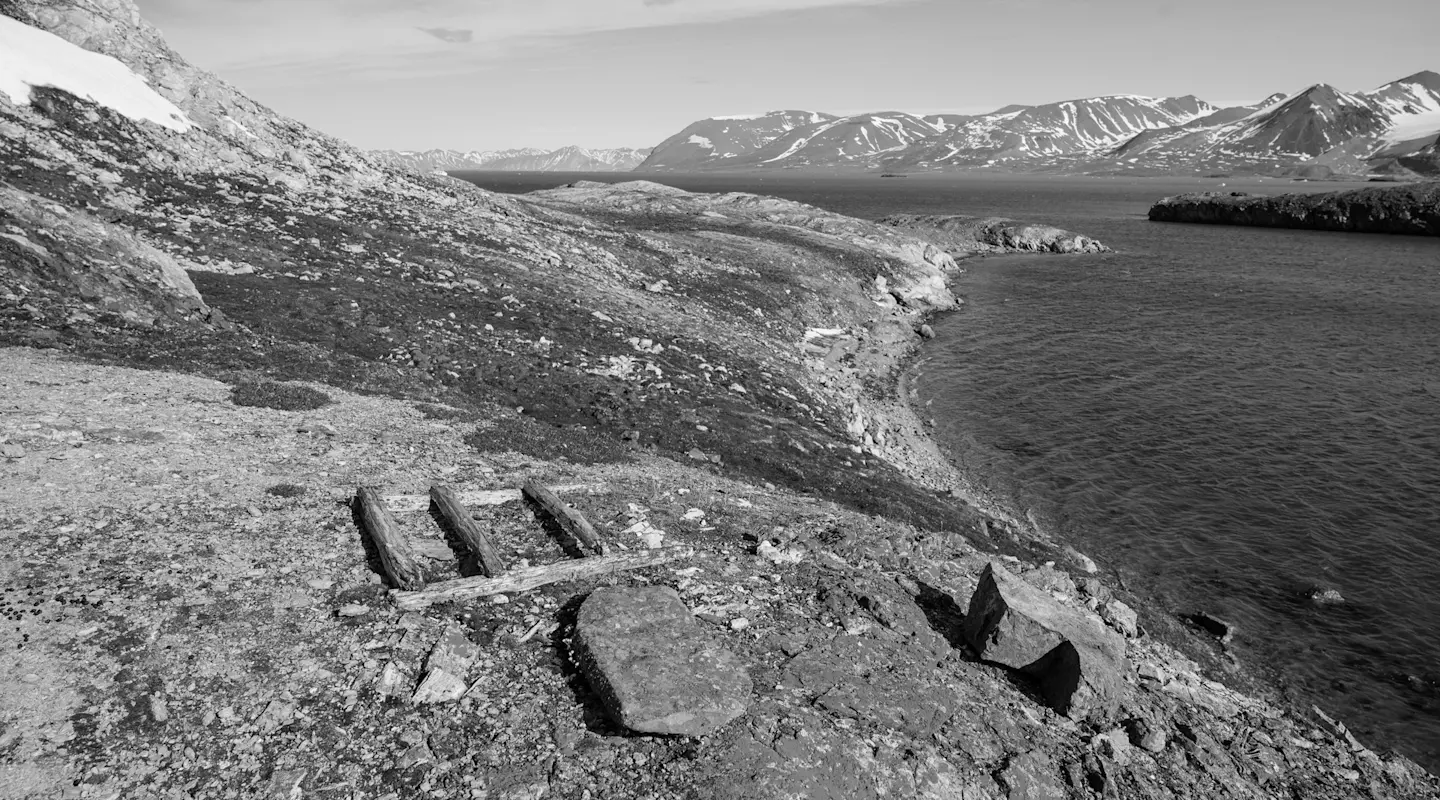
Longyearbyen and The First Coal Mine – 1906
John Munro Longyear first visited Svalbard with his family in 1901. He quickly identified the archipelago as an untapped natural resource. Longyear formed the Arctic Coal Company in 1906 and returned to Svalbard to build Mine 1, the first permanent coal mining facility in the region. This was no easy feat, but winter housing for the company eventually grew into the town we know as Longyearbyen, named after its founder. A new era of mineral excavation began that would last over 100 years.
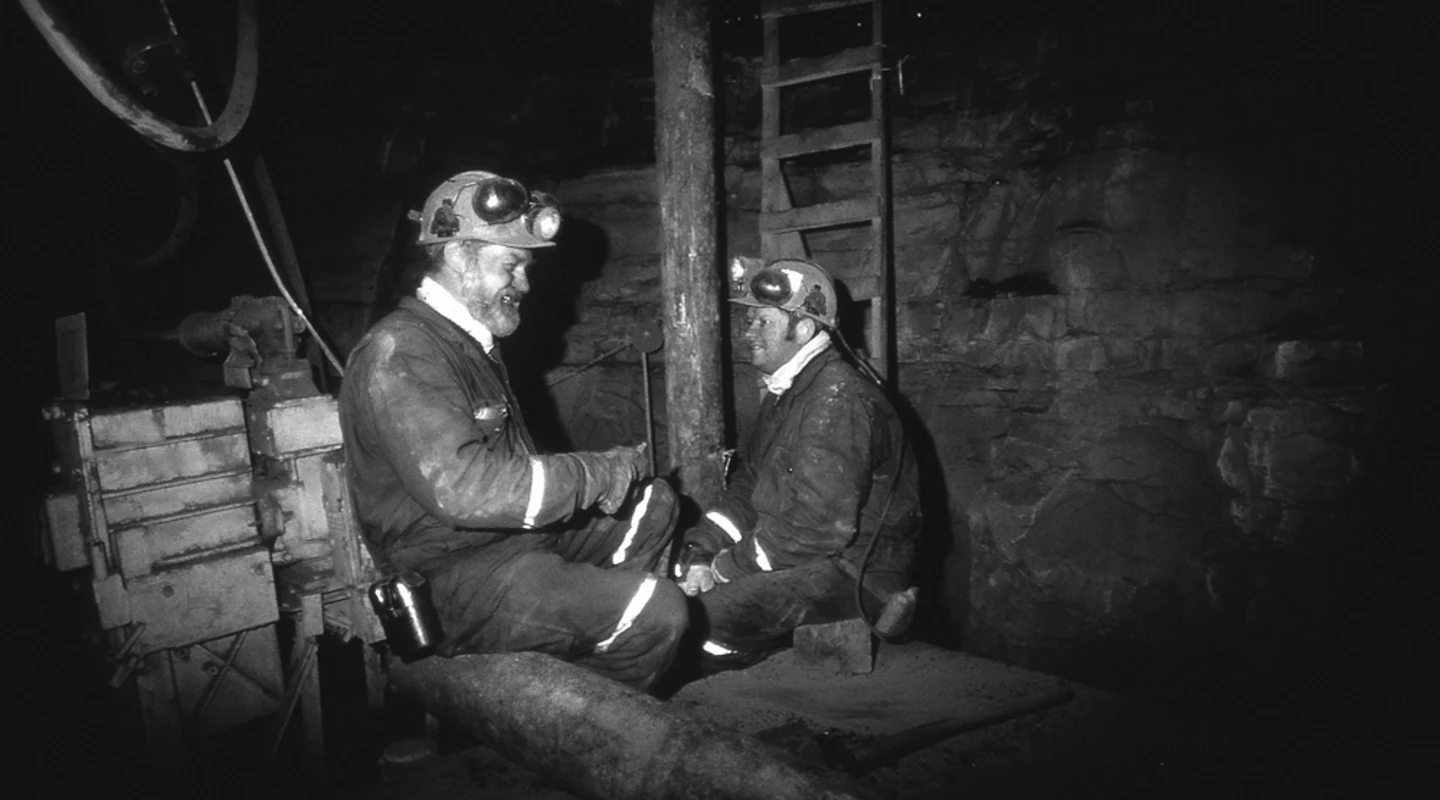
The Svalbard Treaty – 1925
In 1925, the Svalbard Treaty was finalised, officially acknowledging Svalbard as a Norwegian territory. Before the Svalbard Treaty, no environmental protection existed on the archipelago. However, the Norwegian government have now put environment and wildlife protection policies in place.
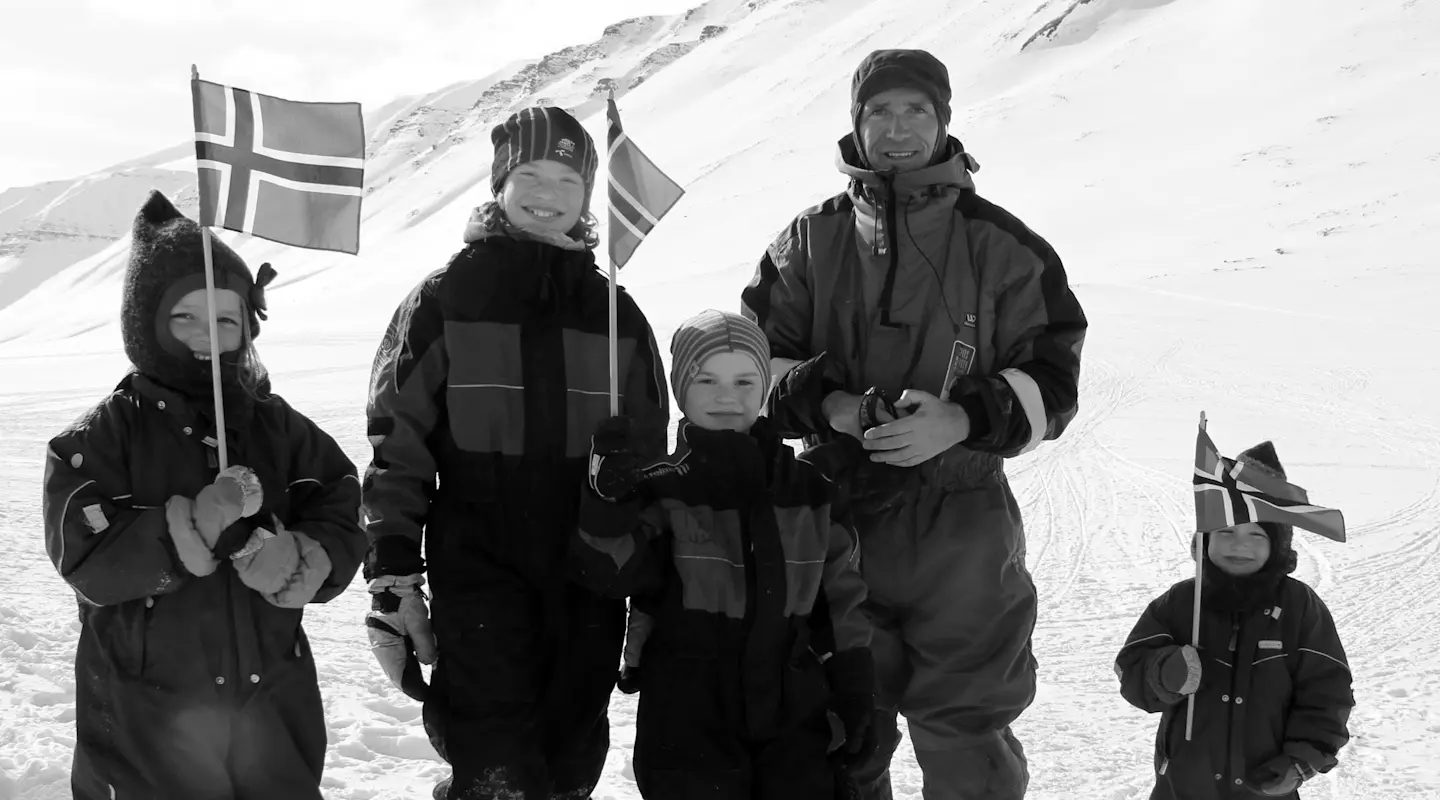
War Reaches Svalbard (1941-45)
In 1941, the German military took control of several weather stations across the Svalbard archipelago. As a consequence, the Norwegian government decided to evacuate the human population of Svalbard.
The following year, in 1942, Allied forces established a foothold in Barentsburg, but German forces soon struck back, sinking Allied vessels in both Grønfjorden and Isfjorden.
In 1943, the conflict escalated when German battleships were sent to Svalbard, leading to widespread destruction in Barentsburg, Grumant and Longyearbyen.
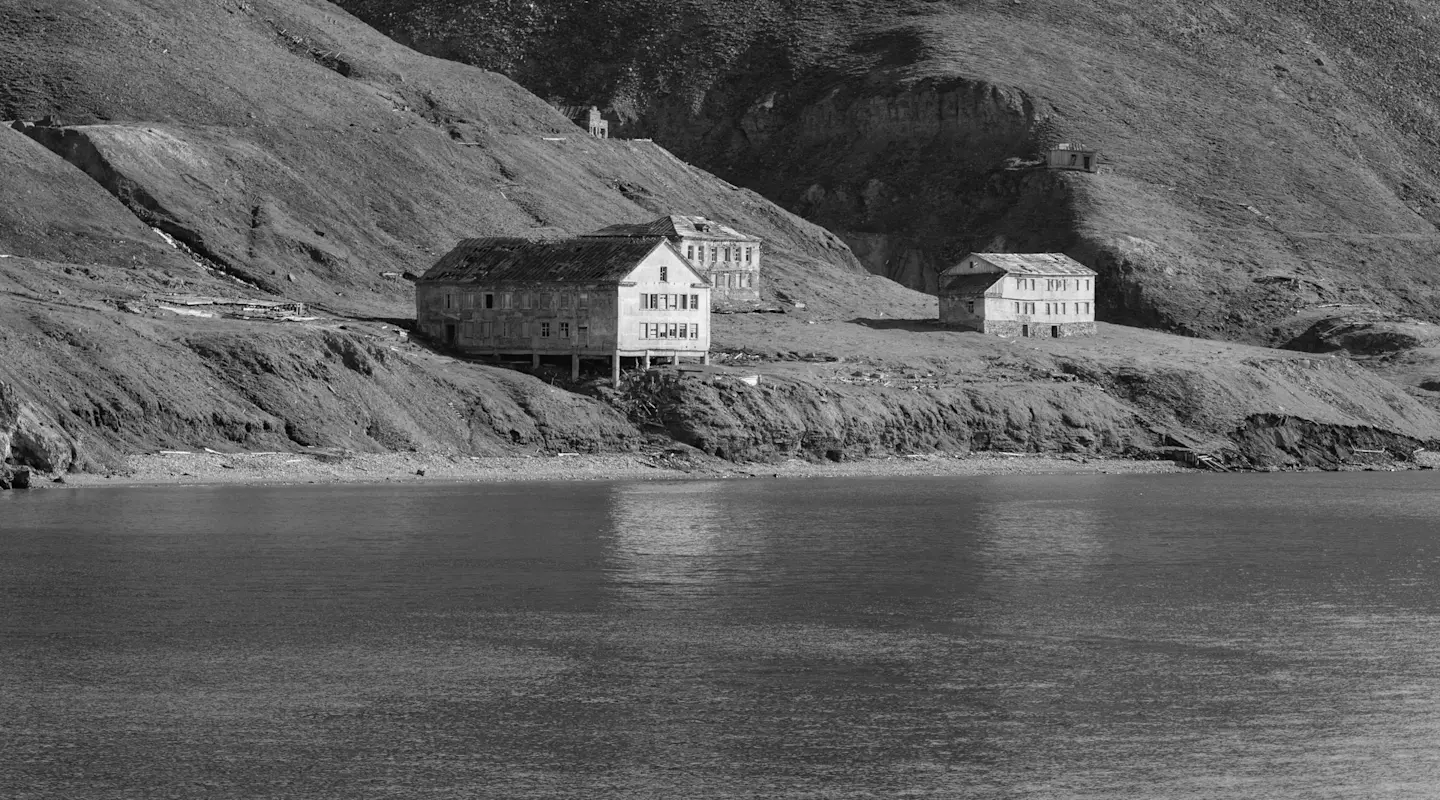
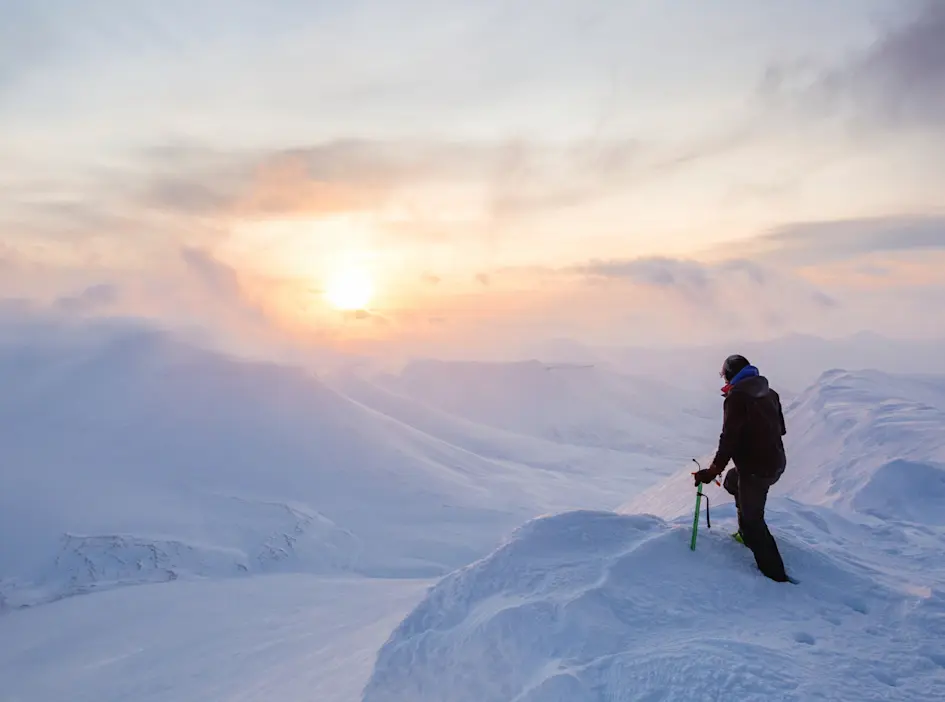
Hurtigruten Svalbard makes a Home in Longyearbyen - 1988
In the aftermath of the war, human settlements on Svalbard slowly repopulated. Longyearbyen transitioned from a mining town to a tourist destination. From 1988, Hurtigruten Svalbard became part of the Longyearbyen community and spearheaded sustainable tourism in the area. This helped to grow Longyearbyen into the town it is today!
Read moreA New Era for Svalbard
Svalbard has entered a new chapter in its history. Once known mainly for coal mining, the archipelago is today recognised for science, sustainability, and global cooperation. From pioneering Arctic research to protecting wildlife and safeguarding biodiversity, Svalbard plays a vital role in shaping our shared future.
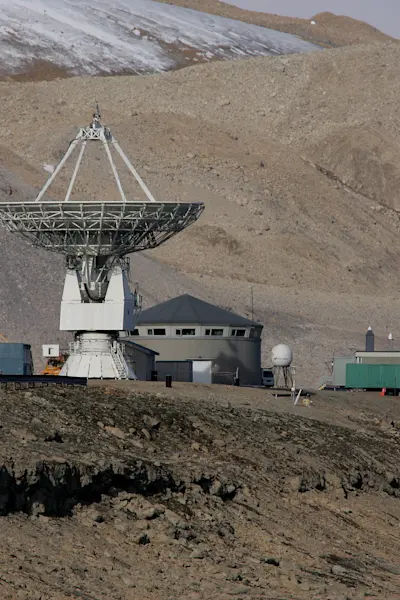
An Area of Scientific Interest
As the northernmost permanent human settlement in the world, Longyearbyen serves as a base for many data collection expeditions. Svalbard is an irreplaceable environment, where students and scientists at The University Centre in Svalbard have conducted groundbreaking fieldwork in geology, oceanography, glaciology and more.
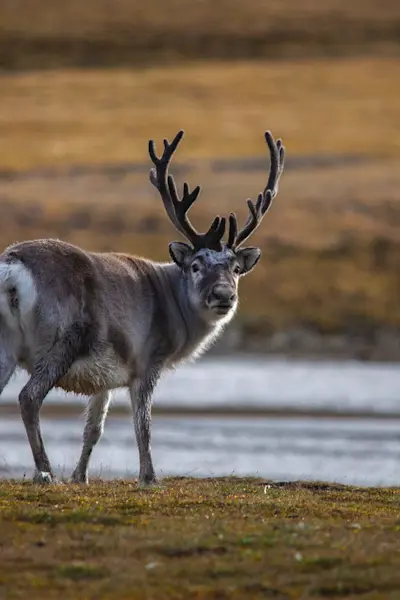
Sustainability and Wildlife Preservation
The Norwegian government introduced a hunting ban on polar bears in 1973, alongside strict regulations on the hunting of Svalbard reindeer. Arctic hunting is moderated for sustainability and researchers closely monitor species counts on the island.
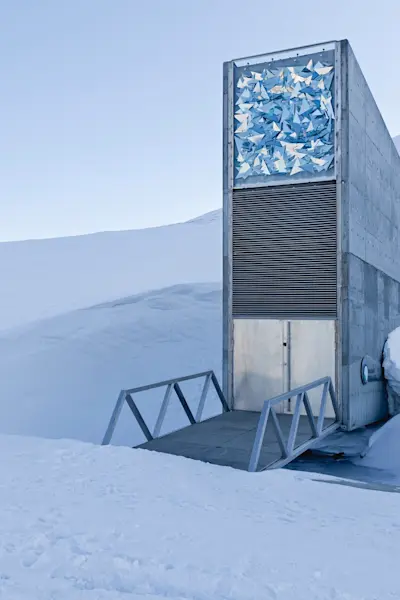
The Global Seed Vault
The Global Seed Vault project was funded by the Norwegian government and led by world-renowned agriculturalist Cary Fowler. The vault was completed in 2008 and now protects over 1.3 million seed varieties. As a vital resource for future generations, the facility is built to withstand natural disasters, harsh environmental conditions and climate change for up to 250 years. Guests can hike to the Global Seed Vault and see it from the outside. However, the facility is not open to the public.
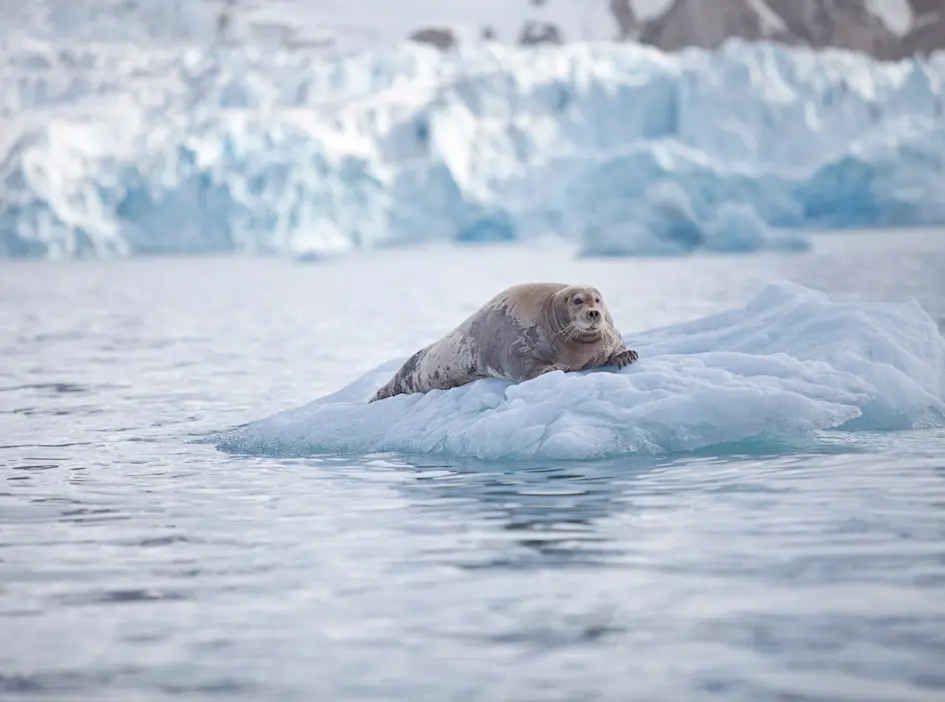
A Changing Climate
Globally, climate change is impacting our environment, and Svalbard is no exception. Rising temperatures have increased summer rainfall, glacier retraction and permafrost thaw across the archipelago. Preserving the Svalbard landscape for future generations is at the centre of our sustainability practices, which shape how we co-exist with Svalbard wildlife.
Read moreDiscover Svalbard’s History with Expert Guides
Some stories only the land can show and the experts can tell. Deep dive into Longyearbyen’s mining history with a guided tour, hike to the Global Seed Vault or find yourself a fossil memento on Longyearbreen glacier.
Explore Svalbard. Tailor-made.
With our expert guidance, you can tailor your trip exactly to your needs, ensuring a perfectly tailored experience. The more activities you book, the more you save.
Book Now